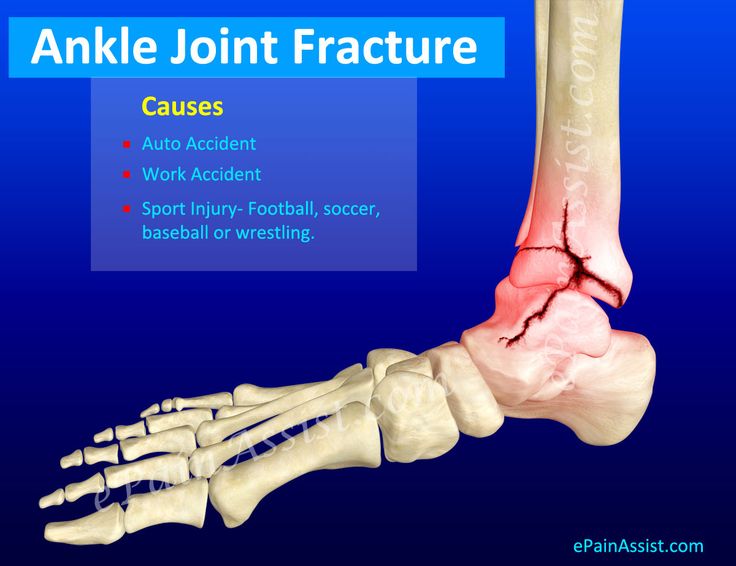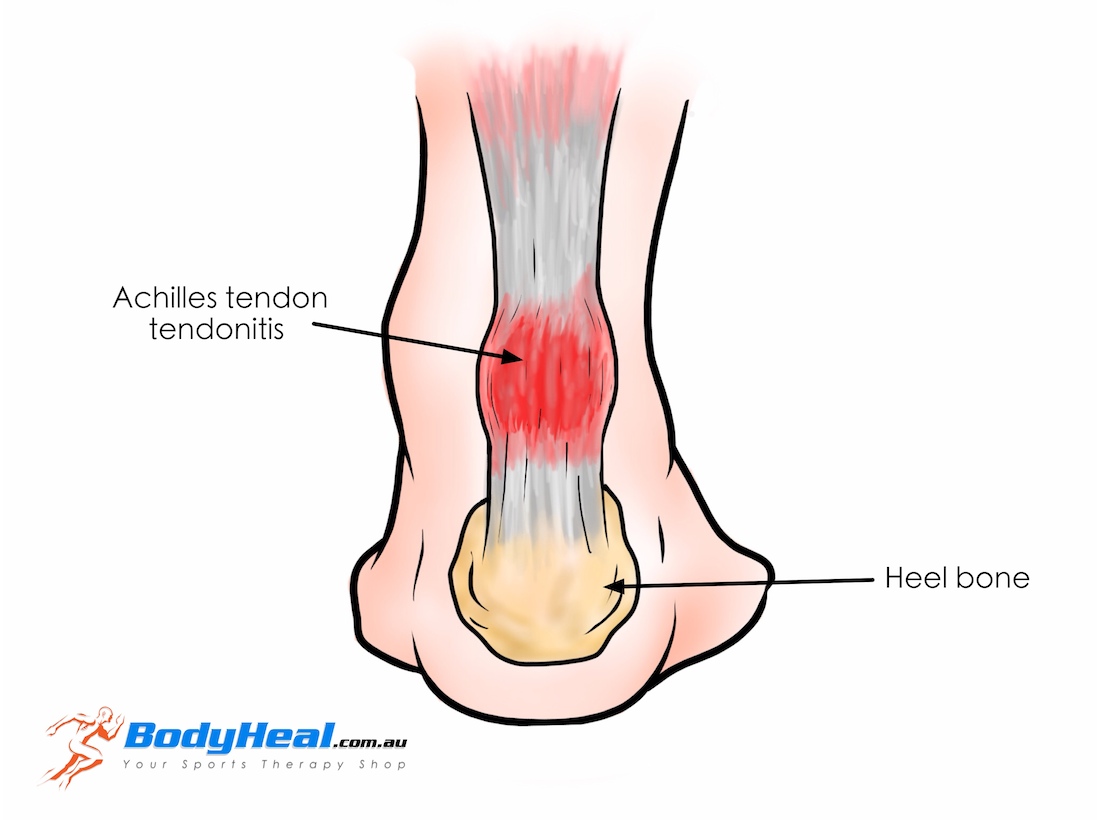Pacemaker
A pacemaker is a small device implanted in the
chest to regulate the beat of the heart. Pacemakers
may be used to treat a variety of heart problems,
including irregularities of the heart’s rhythm (called
arrhythmias) and weakness of the heart muscle. Give us
call to see how your insurance covers this.509-443-5416
The main part of the device is called the generator.
It contains a long-lasting battery, which creates the
electrical impulses that stimulate the heart.
In addition to just monitoring the heart rate and
rhythm, the generators of some pacemakers also
house more sophisticated monitoring and recording
equipment. These sensors can keep track of the
patient’s breathing rate and blood temperature and
the heart’s electrical activity. This type of
pacemaker can be designed to adjust the rhythm of
the heart based on the patient’s activity level.
The Leads
The leads are the wires that travel from the
generator through a large vein in the chest to the
inside of the heart. A pacemaker may have one,
two, or three leads. The number of leads depends
on the patient’s need.
A pacemaker is programmed to maintain a healthy
heart rate. To accomplish this, the leads monitor
the heart's natural heart rate and rhythm. If the
heart’s rhythm drops below a certain rate, the
generator will begin sending out impulses. Once the
heart's natural rate returns to a healthy level, the
generator stops sending out these impulses. The
pacemaker keeps the heart beating with a stable,
regular rhythm.




